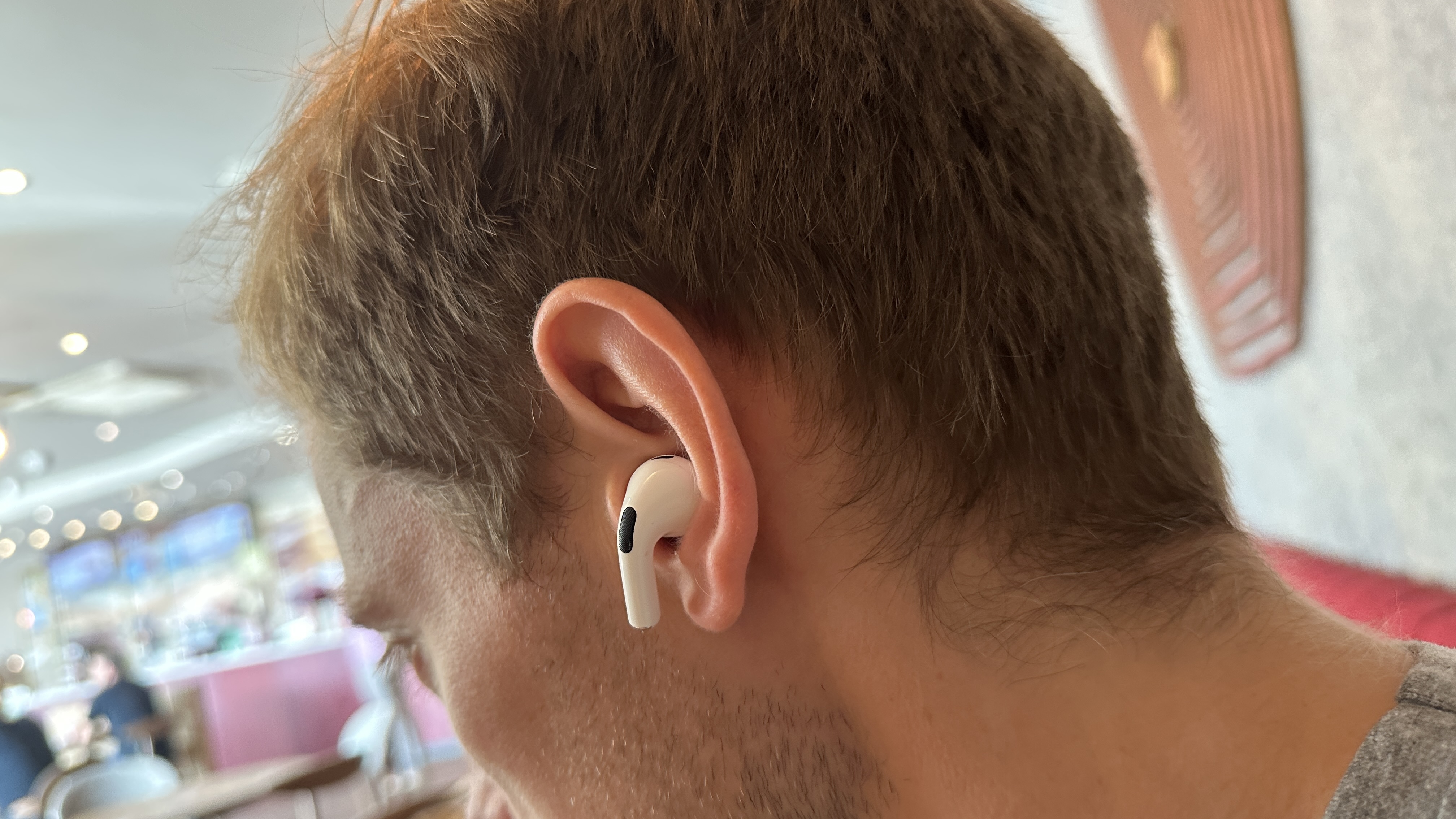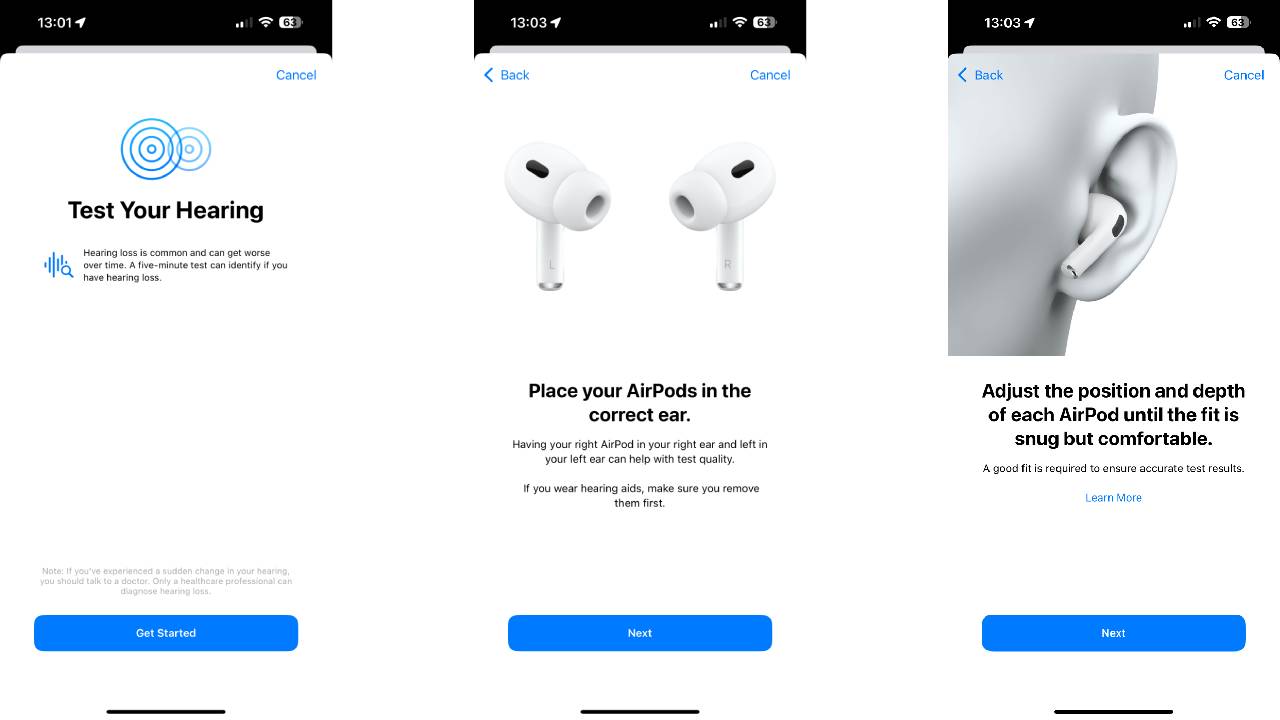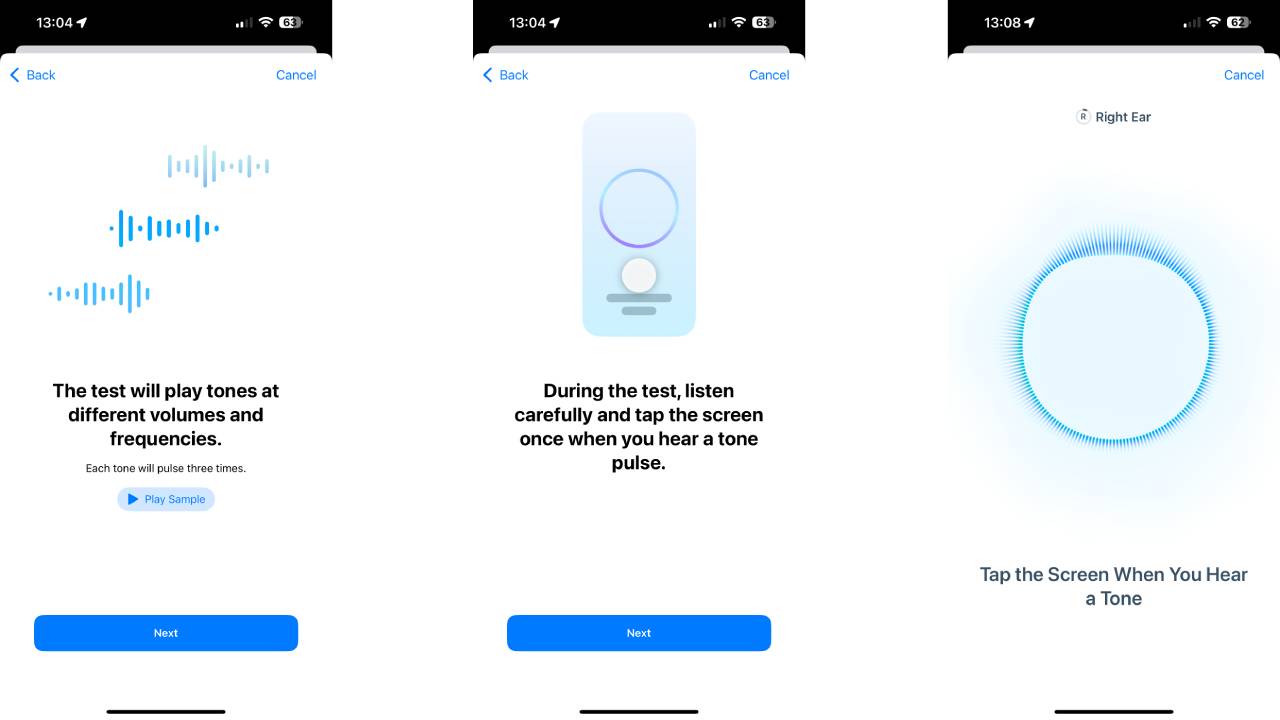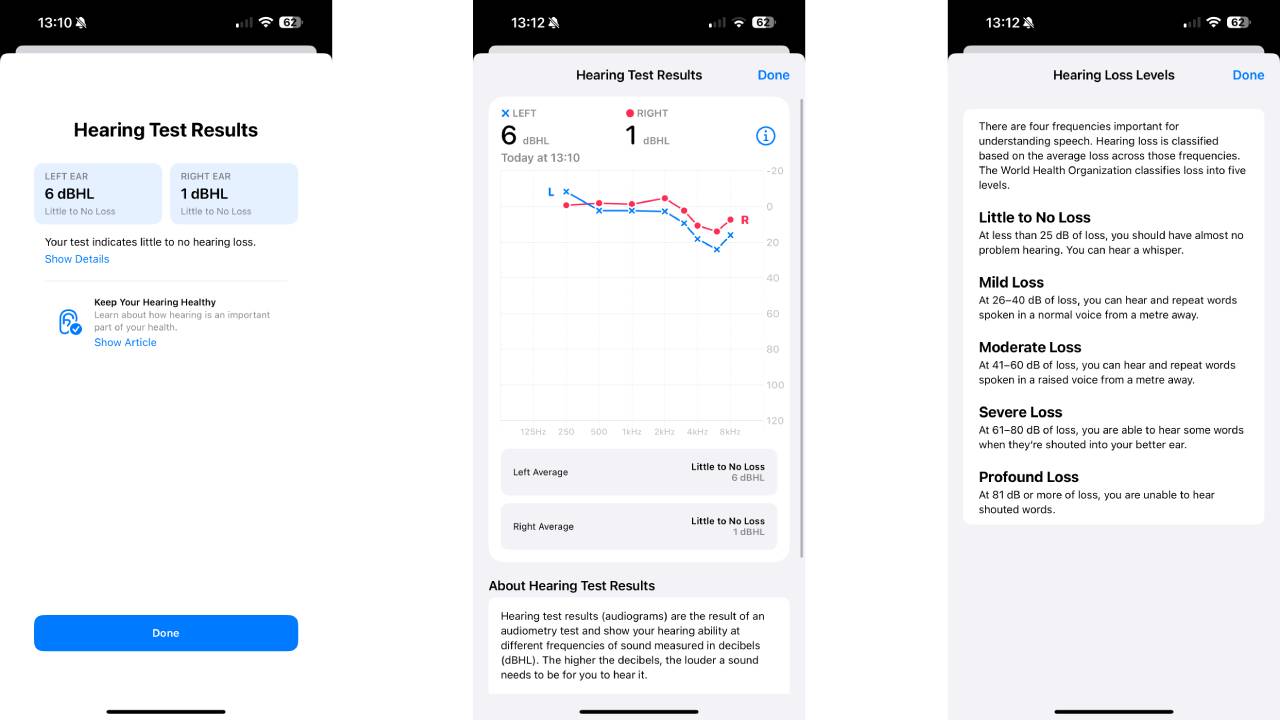
As I wander towards my mid-40s, the aches and pains are starting to become more regular. Things aren’t working as well as they once were, and I have to deal with days of tiredness and lack of sleep that a simple ‘few drinks’ can bring.
As such, I’ve become really aware of how my senses are performing - after all, once they degrade it’s not easy to restore performance – and I’ve noticed something recently: I can’t hear my daughters as well as I used to when we’re out and about on the street.
It’s not massive, but it wandered into that ‘I probably should do something about this…’ category, before then doing nothing about it because I’ve got a stack of washing to do and, well, Netflix isn’t going to watch itself.
So when I heard that Apple was going to be upgrading its AirPods Pro 2 to help those with hearing loss, I was intrigued. How would that work? Could they actually be a real competitor to professional hearing aids?
Well, it turns out I only needed to wonder about part of that, as UK health officials haven’t approved them for use as clinical hearing aids, unlike in the US.
But, with the launch of iOS 18.2, we do now have access to the Hearing Test, which creates a detailed audiogram to help map out where any hearing loss might be present…
Even though I’m likely to get some bad news, I decide I can’t hide from the truth any longer. I slip the headphones into my ear holes and take a deep breath.

The truth unfurls
The test begins by checking the fit of the earbud and assesses whether your location is quiet enough. I passed both these tests with flying colors – and I can’t pretend that I didn’t feel a smidge of joy about this achievement, despite it only showing that I’m able to put headphones adequately in my ears and can sit in a not-loud room.
Actually, I didn’t even really do well at the second part – while my iPhone believed I was in a quiet enough environment, the test (which is a series of progressively quieter beeps) was slightly ruined by the distant hum of cars scooting by, so I had to decamp to an even-less-noisy part of the house.
However, once I was in the right setting, the test felt good and thorough. It’s a simple case of tapping the screen when hearing a beep, across a range of frequencies and volumes, to discern where my hearing is strongest.
I heard a lot of ‘phantom beeps’, where the sound was sometimes so quiet that even thinking about the beep made it play in my head (rather than actually hearing it), and sometimes I found I was guessing when the sound might have been and convincing myself I’d heard something.
I tried to be a good little rule-following boy and only tapped when I felt I’d heard something, but it got really hard as the beeps became quieter.

The frustration began to set in – I was almost certain there were sounds being played, but I couldn’t hear them. My fears about having hearing loss were about to be confirmed, and I wondered how fast the deterioration may be.
A surprising result
The results are in. I look down, and I can’t believe what I’m seeing: I had little to no hearing loss, despite the swathes of silence in the test making me sure I’d only heard half the beeps.
I was able to still hear in the normal ranges! Maybe my body isn’t starting to let me down as much as I worried it was!
However, Audiologist Ashish Shah slightly punctured this joy when she told me that this result is as expected:
“For someone of the age of 41 we would not generally expect to find a hearing loss and therefore would expect results to be within the normal range of 0-20dBHLm’; she said.
“However, hearing loss does not discriminate so there can be onsets of early hearing loss as well as conditions and external factors such as noise which can have an impact on anyone's hearing.”
I was also left with some questions because the results graph, called an audiogram, was a little hard to understand.
Despite being told I have little to no hearing loss, there were still some dips in the graph that, according to the explanation of the results, put me into the ‘mild’ hearing loss camp at some points.
Is that natural, that everyone’s ears have fluctuations through the audio frequencies, or is that something to be wary of?

Bad news: it’s the latter. My graph dips somewhat at the 4Hz and 6Hz frequencies, and Shah says this is something I’ll need to think about:
“A dip at 4kHz like that would indicate some degree of noise-induced hearing loss; this could be consistent with noise exposure recreationally or through work such as excessive exposure to loud music or loud machinery.”
More to do
While I like the ability to test my hearing and learn the ‘shape’ of my hearing capabilities, I do think that there’s more Apple can do here.
Whether it’s helping you dig further into the results, encouraging you to go and see a specialist or just something as simple as turning on the Headphone Safety in your iPhone (which caps the volume to a certain level to protect your eardrums), the results feel quite basic.
Shah also suggests that my results – or anyone with less-than-perfect results on the Hearing Test – mean I should think about getting myself checked out, as it’s not just hearing prowess that can be measured and assessed by a professional.
“It is always a good idea to see an audiologist in these circumstances as it’s not only about conducting a hearing test, of which a Pure Tone Audiogram is only one element.
“But it’s always beneficial to also have an audiologist then also check the health of your ears. Early intervention is also far more beneficial when it comes to our senses that impact communication.”
There’s one other thing that’s niggled me too – while I understand that the AirPods Pro 2 haven’t been approved as clinical-grade hearing aids in the UK, I don’t see why my results can’t be used to improve the AirPods’ performance.
For instance, why can’t I use my personalized audiogram to calibrate how music and movies sound to my ears? This is possible in the US as part of the full Hearing Aid feature, but annoyingly not in almost all of the rest of the world – even though I think just tweaking the music output shouldn't really count as a medical adjustment.
But the Hearing Test feature has certainly impressed me. When everyone started strapping heart rate monitors to their wrists, the sudden influx of heart health data that arrived helped save lives; being able to diagnose the potential for hearing loss in millions of people – or just track their hearing health over time – is a great thing to have available.
So, even if I do find that I start struggling to hear certain frequencies, I’m glad I went all in and did this test. It’s a good reminder to look after my ears even more, and to not be afraid to keep doing this test regularly to see if anything changes.
I’d much rather spot a decline in my ability to hear rather than hide away from the fact it might be happening…
You might also like…
- The best earbuds of all kinds you can buy today
- The best AirPods options compared
- My dad tried AirPods Pro 2's new hearing aid mode, and he loved the instant hearing boost – even though he never uses earbuds







